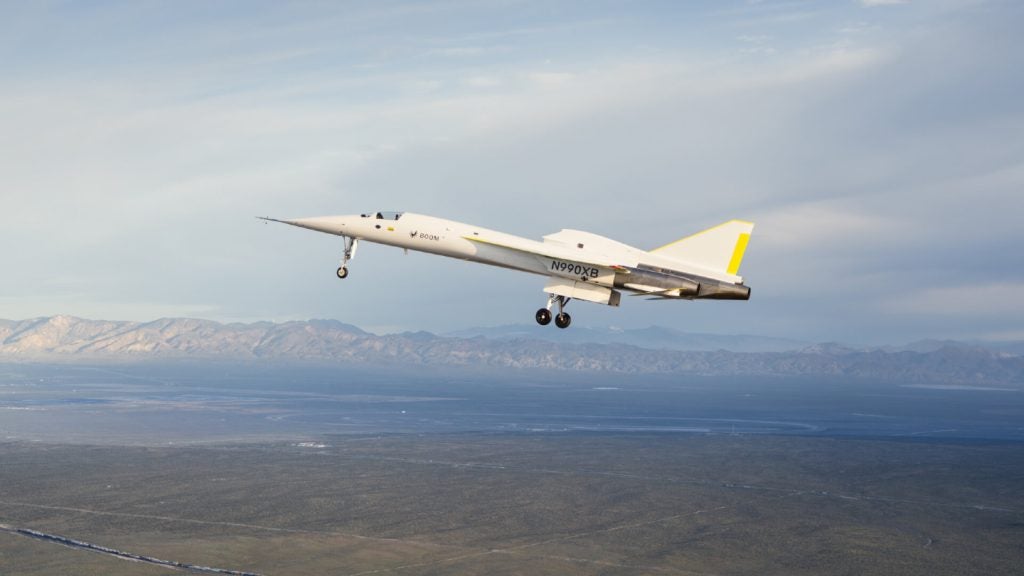
From Japan to the US, airports are now catching onto the idea of offsetting the carbon footprints which originate from their soil and grasping alternative energy sources.
For some, such as Vancouver and San Francisco, the developments are now well established, but for many the impact of spiralling energy costs has made this a new priority.
The payback for installing renewable energy systems is usually around seven to eight years in the UK, according to Russell Smith, director of Party Projects at the Electrical Contractors Association, when speaking at a Working Buildings Conference in London on 8 October. But, for facilities like airports that occupy large areas the results are often tangible a lot quicker.
US airlines emitted around 418 billion pounds of carbon dioxide in 2007, according to the Air Transport Association of America, the airline industry trade group. But now everything from low-flush toilets to energy-efficient lighting and recycled coffee grounds to wind turbines is being employed to increase efficiency.
Flying into the sun
See Also:
Airports have always had to adhere to environmental guidelines and simple design decisions, such as large windows for added natural light, have been around for years. But it is only recently that photovoltaic (PV) technology, used to harness the sun’s power directly, has been seen as a cost-efficient and reliable option in airport design.
How well do you really know your competitors?
Access the most comprehensive Company Profiles on the market, powered by GlobalData. Save hours of research. Gain competitive edge.

Thank you!
Your download email will arrive shortly
Not ready to buy yet? Download a free sample
We are confident about the unique quality of our Company Profiles. However, we want you to make the most beneficial decision for your business, so we offer a free sample that you can download by submitting the below form
By GlobalDataThe trend is catching on and since 2002 photovoltaic production has doubled every two years, increasing by an average of 48% per annum. According to research company Research and Markets this makes it the overall fastest-growing energy technology.
In October 2008 both the Hawaii State Department of Transportation and Tokyo’s top utility, Tokyo Electric Power, announced airport projects in their respective jurisdictions. This followed news in the summer that the largest airport solar installation in the US had come into operation.
Fresno Yosemite International Airport serves the sixth-largest city in California, and in August went live with a 2MW ground-mounted solar system. The technology was installed by WorldWater & Solar Technologies Corporation at a scale unprecedented in the airport sector.
“The solar arrangement will allow for an amazing 40% of the power supply called for to run the everyday requirements of the airport such as lighting, air conditioning, controls and tower communications,” says Russ Widmar, Fresno aviation director.
Crucially, the airport was able to take advantage of two incentive programmes being offered by the State of California. And, with the facility being constructed on otherwise worthless land, this project was easily deemed financially viable.
The California case
In late 2006, operators of the Fresno Airport were accepted into the California Public Utilities Commission’s self-generation incentive programme (SGIP), which awarded the airport a rebate of $2.4m to establish a 1MW solar installation. But because the commission was phasing out the SGIP incentive programme and replacing it with a performance-based scheme, known as the California solar initiative, Fresno Airport was rather uniquely able to take advantage of both programmes and be awarded rebates for a 2MW unit.
The operators then issued a request for proposal to various service providers disclosing that if they were awarded the tender they would receive both rebates. WorldWater & Solar Technologies then came back with the winning bid.
The airport agreed to buy power from WorldWater & Solar Technologies at a fixed rate for 20 years, the installation cost to the airport was completely wiped. “This project did not cost us a penny, not one dollar,” says Kevin Meikle, airports planning manager at Fresno Government which coordinated the project.
“With the 2MW combined installation, WorldWater & Solar Technologies made an investment of $16m but it took the rebates as well as federal and state tax advantages. The bottom line is we are paying them on a fixed contract which we love because we know what we are paying for the next 20 years.”
The first megawatt rate is fixed at 18.7¢ per kilowatt hour (kWh) and the second costs 13.9¢/kWh. As local energy provider Pacific Gas and Electric has a 25-year history of raising its rates by 6% each year, total savings on energy consumption over the next 20 years could total $13m. “In other words, it would have cost us $13m not to do it,” Meikle told Airport Technology.
Hours upon hours of sunshine definitely helped Fresno’s case but it was the state schemes that really made this project viable.
“In fact, without the incentive programme it would not have been economically feasible. I don’t think anyone in the area would do anything bigger than a 1MW installation because you can no longer take advantage of two rebate programmes,” says Meikle.
After initially planning to double up a new car-park shade cover as the site for the solar facility, free and otherwise unusable land was later chosen to accommodate the increased number of panels which now totals nearly 12,000. However, the shade cover has been made solar ready as the airport eagerly awaits any further incentive schemes.
On 19 August 2008, Denver also went live with a solar PV system, spanning seven and a half acres that will generate three million kilowatt hours of clean electricity. WorldWater & Solar Technologies was also the service provider for this project, in cooperation with MMA Renewable Ventures, in a public-private partnership that also leveraged tax credits and incentives.
Although only 9,200 solar panels were installed in this development, the ground-mounted arrays use a single-axis tracking system to follow the sun during the day for greater efficiency and energy production. The clean energy produced from the project will go towards Colorado’s renewable energy standard which requires large utilities to generate 20% of their power from renewable energy sources by 2020.
Far and wide
Following the developments at Fresno, many airports have expressed an interest in these kinds of installations. But Meikle warns change might not come about as swiftly as the number of enquiries may first suggest. “I am excited to hear what Denver is doing but there are around 50 airports that we have talked to. All of them say they have located a site, but I don’t know where anyone is in that process. It’s such a slow-moving train.”
Overall, however, the need to reduce carbon dioxide emissions is finally gaining impetus and while mainland America projects are happening on an ad hoc basis, Hawaii’s Department of Transportation is taking a much more sweeping approach. On 15 October 2008 it announced Hoku Solar, a solar company providing turnkey PV systems, will install and operate 779kW of PV energy installations across the state’s airports to power numerous public facilities.
Under another 20-year fixed contract, Hoku Solar will build installations at four airports with work beginning before the end of the year. In total, the energy generated will be the equivalent needed to power nearly 1,900 homes for a year and is expected to offset up to 15,000t of carbon dioxide over the lifetime of the systems.
This same approach is also being used in Australia. Ballarat City Council in Victoria is proposing to lease 1ha of land to build a 300kW solar power station. This will be open for public viewing and be used be as a public power source.
And in Japan, Tokyo Electric Power has teamed up with trading house Mitsui & Co to supply a proportion of the electricity at Tokyo’s Haneda Airport.
But as pressure increases for airlines to reduce emissions, it seems it is at the airports themselves where renewable energy is coming into its own. But it is with political backing and cash assistance where these projects become financially, as well as environmentally, viable, allowing solar power to really take off.







